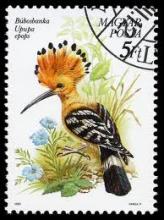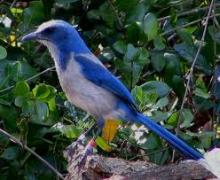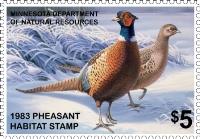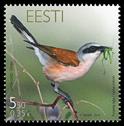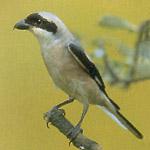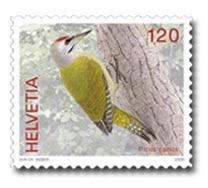Noch in den 1950er Jahren war der Wiedehopf im Mittelland weit verbreitet - In den 1990er Jahren spürten Vogelkenner lediglich lokale und sporadische Bruten auf
Den Vögeln macht im Landwirtschaftsgebiet Verschiedenes zu schaffen. Die Mechanisierung und die Flurbereinigungen führen zu einer eintönigeren Landschaft. Für Vögel wichtige Lebensräume wie Hecken wurden beseitigt. Der Einsatz von Dünger und Pflanzenschutzmitteln wirkte sich zudem auf das Nahrungsangebot aus; die Zahl der Insekten ging zurück. Wie sich diese Veränderungen auf den Vogelbestand auswirken, sieht man typischerweise beim Wiedehopf. Noch in den 1950er Jahren war der Upupa epops im Mittelland weit verbreitet. Auch im Jura und in den Alpen war der Vogel mit dem auffälligen Kopfschmuck anzutreffen. In den 1970er Jahren brütete er nur noch regional, im Mittelland verzeichnete man einige einzelne Paare. In den 1990er Jahren dann spürten Vogelkenner lediglich lokale und sporadische Bruten auf.

